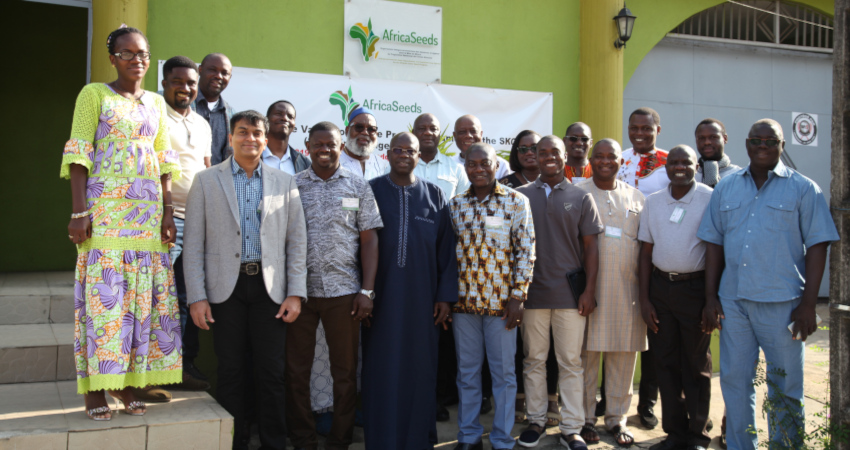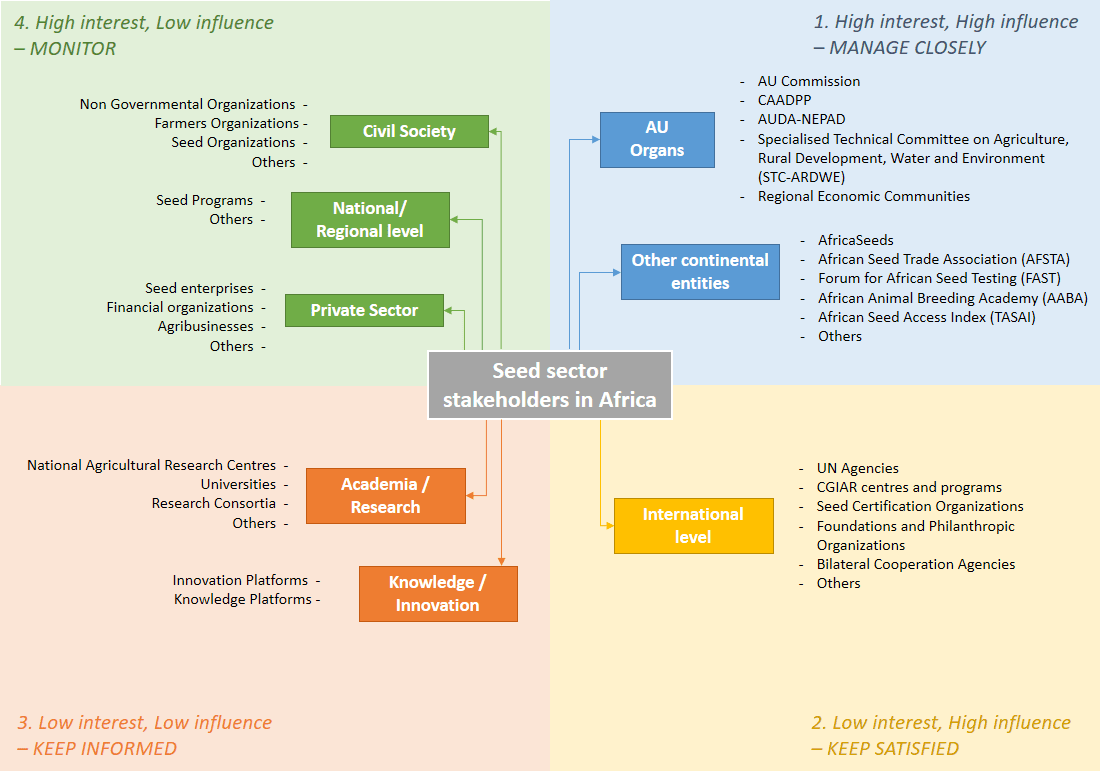Stakeholder Mapping for the African Seed Sector: Enhancing Collaboration and Outreach
Stakeholder mapping is a valuable tool for engaging with various organizations and groups, aiding in managing and informing stakeholders effectively. Lack of awareness or consultation with stakeholders can lead to negative interactions, hindering potential partnerships for AfricaSeeds. Understanding stakeholders better and ensuring they comprehend AfricaSeeds' mandate are essential for successful collaborations.
Maximizing Impact Through Analysis
The importance of stakeholder mapping lies in providing a clear understanding of who stakeholders are, analyzing their level of interest and influence, prioritizing their needs, and establishing the level of engagement. This process targets key stakeholders, fosters their understanding and support, and identifies influencers who can promote AfricaSeeds' initiatives.
Strategic Engagement by AfricaSeeds
AfricaSeeds has identified and analyzed stakeholders across international, continental, regional, national and local levels, involving various organizations such as AU Organs, private sector entities, research institutions, and civil society organizations. Each group's level of influence and interest in seed sector development has been assessed, leading to categorization into quadrants based on their levels of interest and influence, as illustrated in the below diagram.
Based on these categories, AfricaSeeds constantly develops and updates tailored strategies for managing interactions with stakeholders, ranging from close management for high-interest, high-influence stakeholders to monitoring and keeping informed for others. These strategies include regular updates, social media engagement, and personalized connections.
The outcome of stakeholder mapping has been promising, enhancing communication outreach and facilitating targeted interactions. It has improved AfricaSeeds' knowledge of existing stakeholders, prioritized actions, and established new collaborations.
AfricaSeeds is looking to expand the use of stakeholder mapping beyond communication activities to other areas of operations, as this holds significant potential for informed decision-making and effective stakeholder management.

Mapping stakeholders provides a clear understanding of who stakeholders are, analyzing their level of interest and influence, prioritizing their needs, and establishing the level of engagement.
